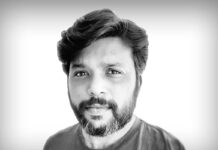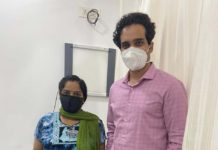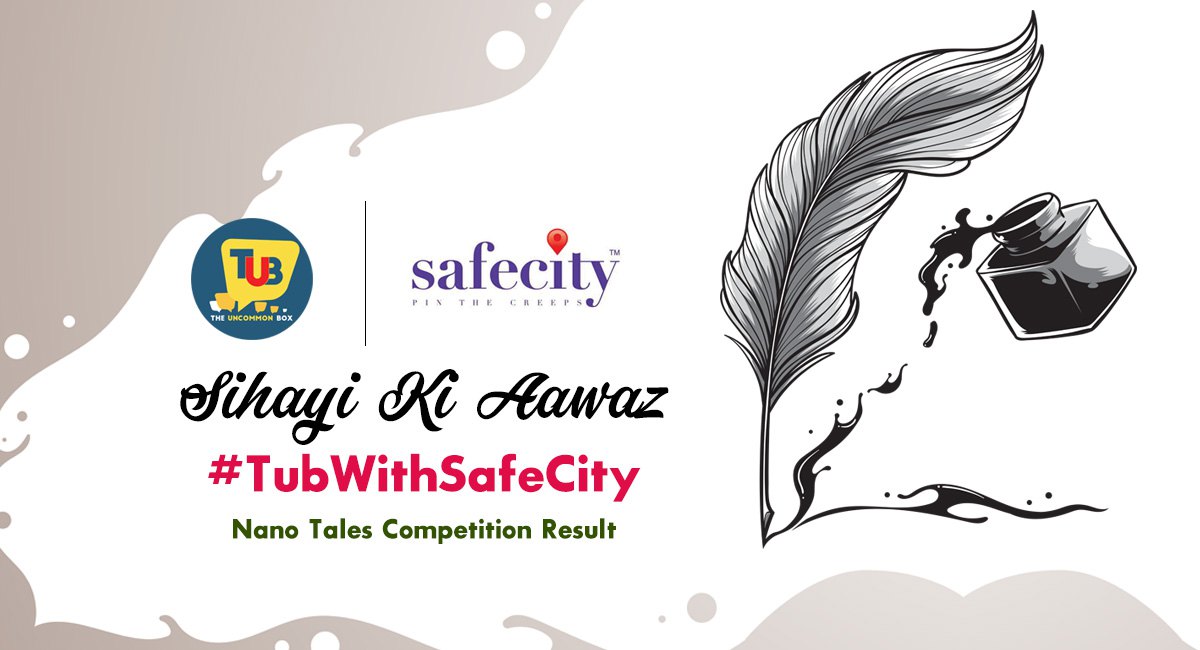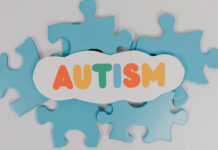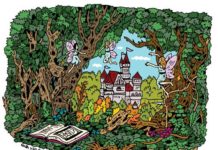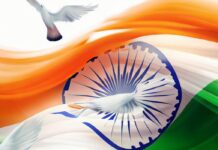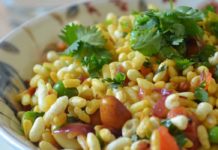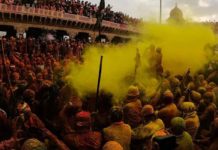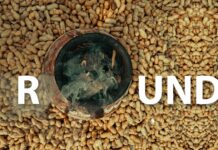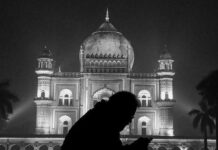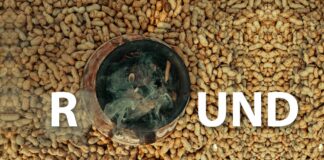Today is 14th September and it is the Hindi Diwas. A particular day when Hindi was adopted as one of the official languages of India. Hindi, which is the mother tongue of most of us, holds a very deep rooted history and significance. But the younger generations like us happen to have disconnected from a few facts and notions which is necessary to know. After all, Hindi is much more than just a subject which is taught in schools!
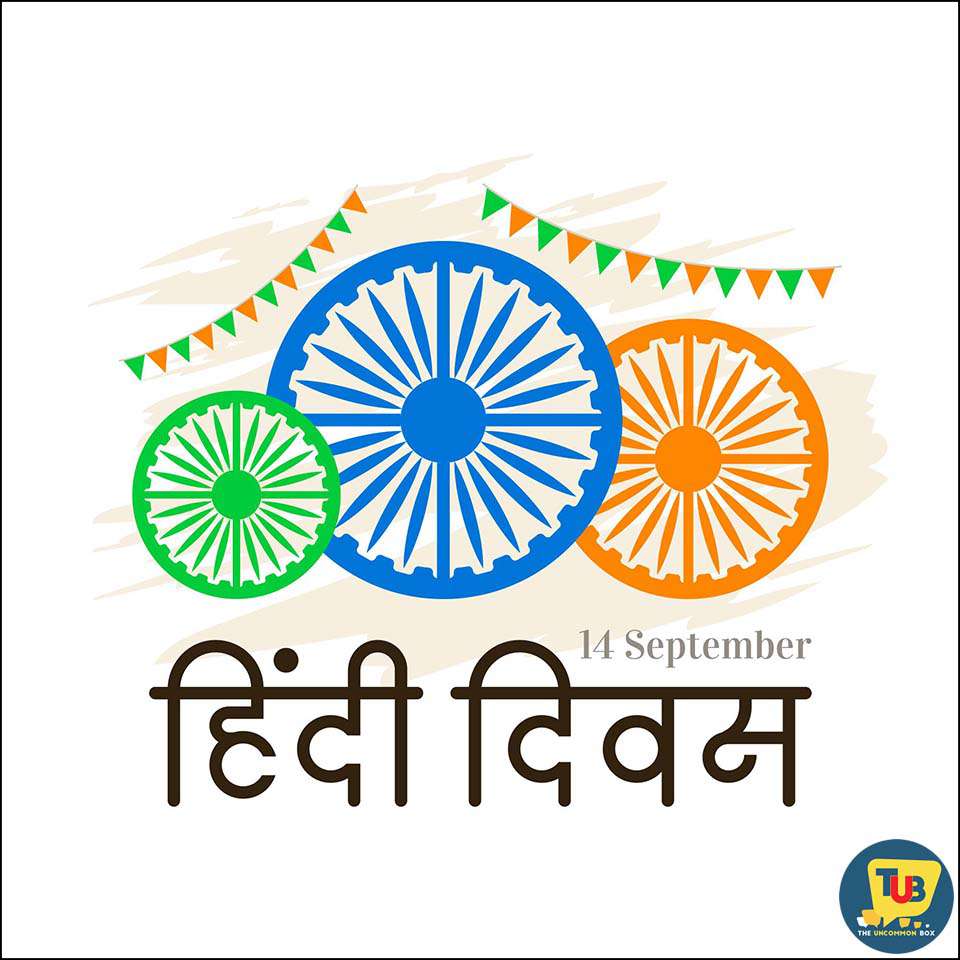
Spoken by 425 million people as their first language and 120 million more as a second language, Hindi is the fourth most spoken language in the world after English, Spanish and Mandarin. So much so that outside of India, as a respect to their cultural minorities, some other countries like Fiji, Mauritius, South Africa, and Caribbean countries made Hindi and some of its dialects as an official language.
Let’s know more about Hindi in this blog.
The Origin of Hindi – Old History
Hindi is a direct descendant of Prakrit, Post Vedic Sanskrit, and Apabhramsha. The origin of Hindi as a literary language lies in the ancient Prakrit family of languages mainly. It is very imperative for us to know that most of the languages of Indian Subcontinent have been developed from Prakrit. In the due course of time, Sanskrit and Apabhramsha started replacing Prakrit. Apabhramsha means ‘not pure’, it is considered as one of a kind of dialects of early language. One of the earliest works in Apabhramsha is that of ‘Vikramorvashyiam’ by Kalidasa. Later Apabhramsha got degenerated into these following languages, Hindi, Bengali, Gujrati, Rajasthani, and so on.
Devasena wrote Shravakachar in 933 CE, which is considered as one of the first ever written books in Hindi because the written language is somewhat close to modern Hindi language.
Hindi served the purpose of being the most common language and was in use till the 13th century AD and was referred to as Hindavi by the Persian rulers of the Delhi Sultanate Amir Khusro is widely credited with writing the first poem in Hindi. His paheliyans and murkiyans are still very famous.
Here is the example of his paheli:
“घूम घुमेला लहँगा पहिने,
एक पाँव से रहे खड़ी
आठ हात हैं उस नारी के,
सूरत उसकी लगे परी ।
सब कोई उसकी चाह करे है,
मुसलमान हिन्दू छत्री ।
खुसरो ने यह कही पहेली,
दिल में अपने सोच जरी ।
उत्तर – छतरी”
…Can you guess??
Under the rule of Delhi Sultans, Hindi got infused with a variety of Persian and Arabic words.
Dalil – Argument
Faisla – Judgement
Pajama, Abaadi etc.
The earliest work produced in Hindi also includes Prithviraj Raso written by Chand Bardai at the court of Prithviraj Chauhan of Delhi. Similarly works like Vijaypal-Raso by Nalh Singh, Bimldeva-Raso by Narpati Nath, Khuman-Raso hail from that era. All these give us an idea that Hindi language must have had a strong grip in parts of North-Western and Eastern India.
Timeline of Early Hindi Evolution
Antiquity (Old Indo-Aryan)
600 BCE: late Vedic Sanskrit.
500 BCE: Prakrit texts of Buddhists and Jains originate (Eastern India)
400 BCE: Pāṇini composes his formal Sanskrit grammar (Gandhara), reflecting transition from Vedic to formal Pāṇinian (Classical) Sanskrit
322 BCE: Brahmi script inscriptions by Mauryas in Prakrit (Pali)
250 BCE: first records of Classical Sanskrit. [Vidhyanath Rao]
100 BCE-100 CE: Sanskrit gradually replaces Prakrit in inscriptions
320: The Gupta or Siddha-matrika script emerges.
Middle Ages
400: Apabhramsha in Kalidas’s Vikramuurvashiiya
550: Dharasena of Valabhi’s inscription mentions Apabhramsha literature
779: Regional languages mentioned by Udyotan Suri in “Kuvalayamala”
769: Siddha Sarahpa composes Dohakosh, considered the first Hindi poet
800: Bulk of the Sanskrit literature after this time is commentaries. [Vidhyanath Rao]
933: Shravakachar of Devasena, considered the first Hindi book.[citation needed]
1100: Modern Devanagari script emerges
1145-1229: Hemachandra writes on Apabhramsha grammar
The modern standard Hindi is based on the Khari Boli dialect, found to the north and east of Delhi. Braj Bhasha, Awadhi, Bagheli, Bhojpuri, Bundeli, Chhattisgarhi, Garhwali, Haryanvi, Kanauji, Kumayuni, Magahi, and Marwari are considered as so-called dialects of Hindi are more accurately described as regional languages of the “Hindi zone”.
The first book in Modern Hindi was written by Lallu Lal, an instructor in Fort Williams College called Premsagar. It is based on the legend of Lord Krishna and was written in Khari Boli dialect. Lallu Lal also wrote, “The Grammar of Brij Bhasha” and several other notable works.
The most notable writers of Hindi literature include Munshi Premchand with his soul-stirring works of Godan, Nirmala etc. Jaishankar Prasad wrote Kamyani, an epic poem. Maithili Sharan Gupt wrote an epic poem about Gautam Budha’s wife. Mahadevi Pant, Sumitranandan Pant, Prithvi Raj Baso, Harivansh Rai Bachchan are several other poets and writers who contributed highly to the growing literature of the language.
Political Significance
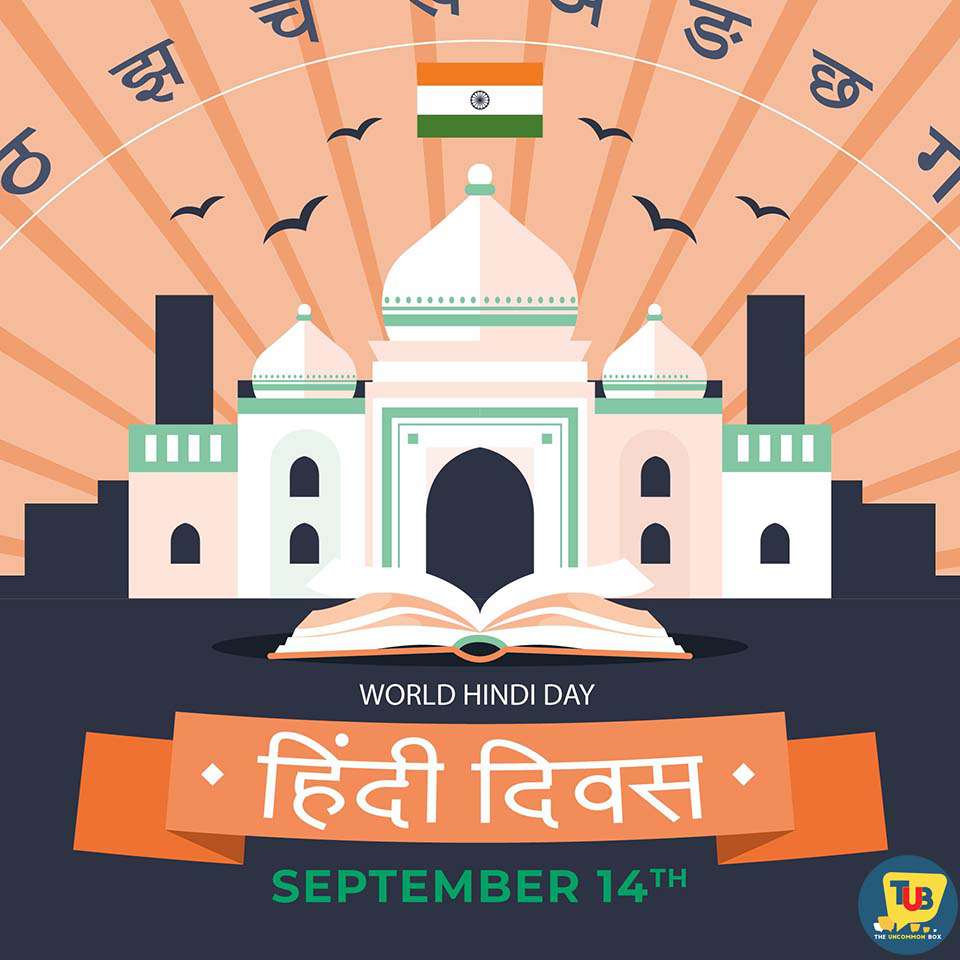
In the 1950s after the partition of India, several states were made based on linguistic diversity. Hindi is one of the languages based on which these states were separated from existing ones. Haryana was created out of the existing Punjab state based on its Hindi speaking population. On September 14, 1949, the Constituent Assembly of India adopted Hindi as the official language. But the decision was not as smooth as decorating icing on the cake! There was a whole debate session that took place regarding the issue of languages. Finally, the representatives came to a decision to acknowledge Hindi and English as the official languages for upcoming years. So, in India, there is no such term as “National Language”.
Hindi is the official language of Bihar, Chhattisgarh, Gujarat, Haryana, Himachal Pradesh, Jharkhand, Madhya Pradesh, Mizoram (additional), Rajasthan, Uttar Pradesh, Uttarakhand, West Bengal, Andaman and Nicobar Islands, Dadra and Nagar Haveli and Daman and Diu, Delhi.
Hindi Today in 21st century
According to Google, the consumption and creation of content relating to the Hindi language have increased manifolds over the years. Due to the increased use of the Internet and Mobile devices, the e-platforms are configuring their websites and library of books to meet the demands of consumers. Most of the online retailers are also creating a Hindi version of their website. There is no issue of the availability of books in Hindi Literature anymore.
With several literary fests such as Jaipur Litfest, Sahitya Aajtak etc. the popularity is only increasing. Which can also be confirmed with the fact that the number of creative content pages on Facebook and Insta is on the rise year after year compared to any other language.
Awards such as Sahitya Akademi, Jnanpith Awards, Crossword Book Awards, Yuva Puraskar etc. are providing more incentive and platform for the younger generation of writers to take up Hindi as a medium of writing. With every year bringing Hindi more into the mainstream, the purpose of celebrating Hindi Diwas seems to come into fruition. There is a long way for Hindi to go yet, but modern trends are encouraging.

The article is written by Mohit. His Instagram id is @not_that_god_
The article is Edited by Alisha Srivastava. Her Instagram id is @yeah_me_alisha
The article is Curated by Vaibhav. His Instagram id is @frameshade
You can follow “THE UNCOMMON BOX” at the following social channels

